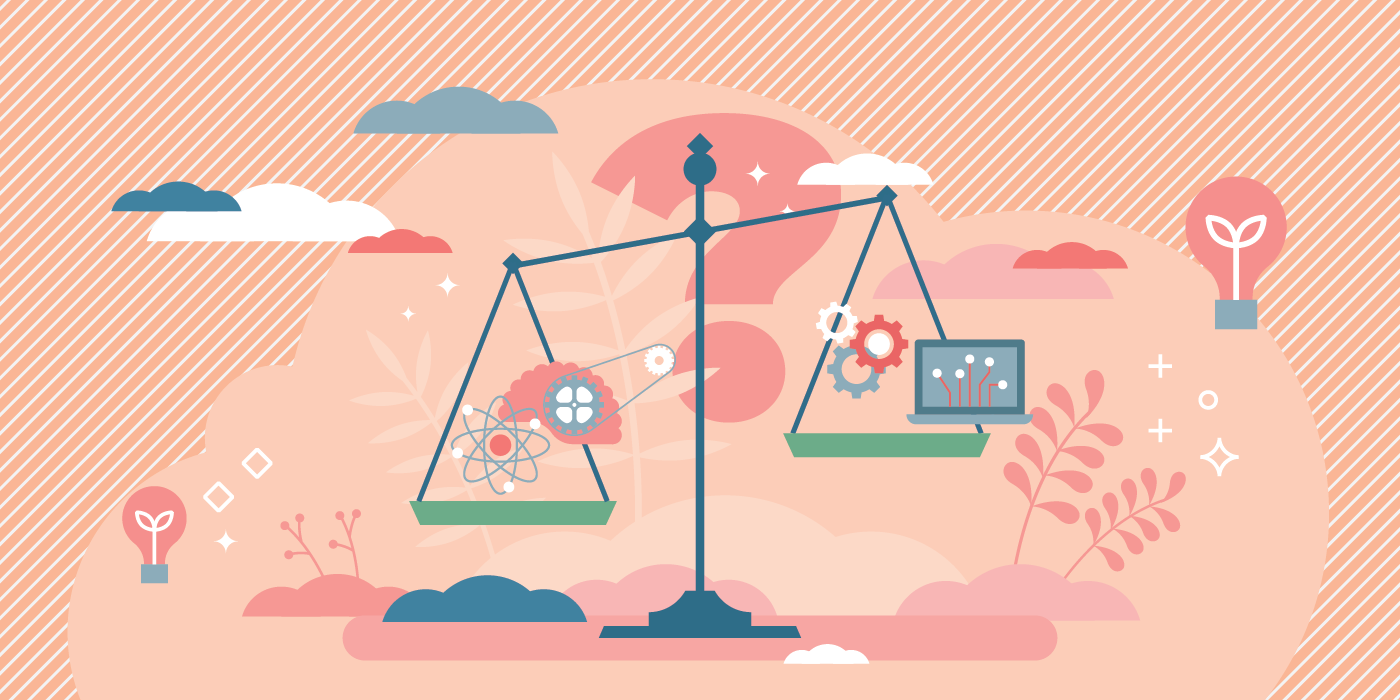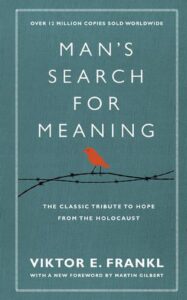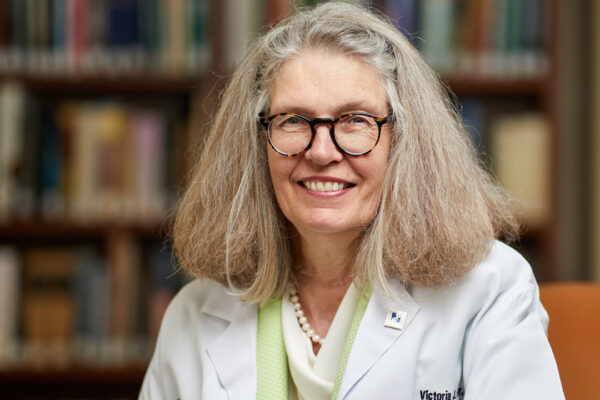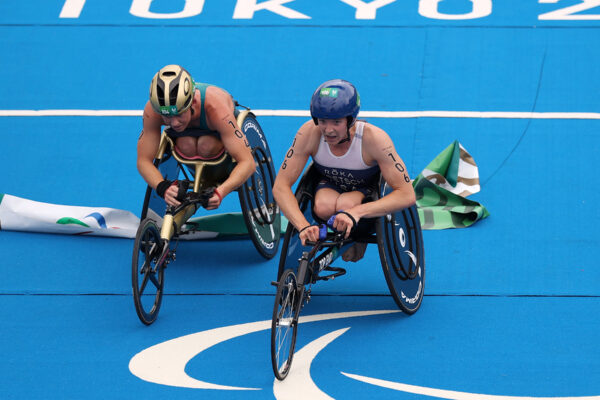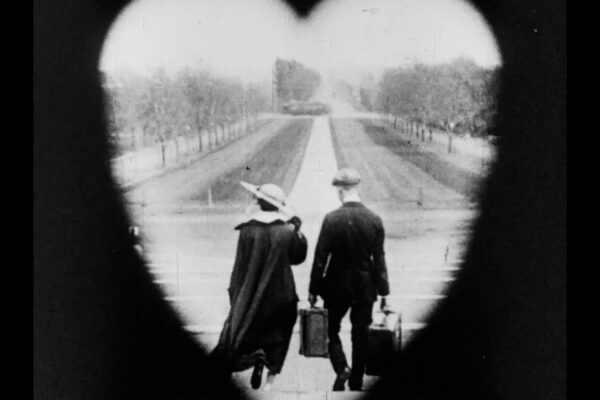Did you know that the man who helped develop the fertilizers that make it possible to feed the world also championed the military use of poison gas?
Fritz Haber, a German chemist, won the 1918 Nobel Prize in Chemistry for inventing a process key to creating synthetic fertilizers that contribute to two-thirds of annual global food production. Haber is also called “the father of chemical warfare” for creating ways to weaponize poisonous gases during World War I.
The history of science, engineering and technology includes many complicated people like Haber. To contextualize and examine this history, McKelvey School of Engineering Professors Richard Axelbaum and Gregory Yablonsky created a course titled “Historical and Philosophical Aspects of Science, Engineering and Technology.”
Getting the big picture
With examples such as Haber, the course grapples with the concept that “science can be a source of both good and evil,” says Yablonsky, who is retired from Saint Louis University and is currently an adjunct professor in the Department of Energy, Environment & Chemical Engineering. As research partners, Yablonsky and Axelbaum came up with the idea for the course following lengthy discussions of history and philosophy. They realized that students should understand science and engineering from a historical and philosophical perspective, and that this understanding would help them to examine their own decision-making processes, both in the lab and in life.
“Science can be a source of both good and evil.”
Prof. Gregory Yablonsky
“We delve into the way science developed, as we also try to understand the complexities of the human element,” says Axelbaum, the Stifel & Quinette Jens Professor of Environmental Engineering Science in the Department of Energy, Environment & Chemical Engineering. “It’s an introspective course… we give students projects to force them to think about their value systems: Why do you do what you do? How do you properly evaluate information objectively so you’re making decisions based on sound information? One of the goals of this course is to help the students see the big picture.”
Communication is key
Another goal of the class is to foster better communication between engineers and scientists. For example, chemical engineers and chemists operate in separate spheres with different world views. Better communication could enhance and streamline research, enabling engineers and scientists to work more closely, heightening the potential for discovery.
“We tell the students: Two eyes are better than one. It is important to perceive other points of view,” Yablonsky says.
“Why do you do what you do? How do you properly evaluate information objectively so you’re making decisions based on sound information. One of the goals of this course is to help the students see the big picture.”
Prof. Richard Axelbaum
Students also read examples of good scientific communication such as short texts by Albert Einstein, including the letter Einstein wrote to President Franklin D. Roosevelt explaining the dangers of Germany’s nuclear program.
Humanities course for scientists and engineers
Senior Nick Bateman, a mechanical engineering major, took the class last spring and enjoyed it so much, he agreed to be Yablonsky and Axelbaum’s assistant-to-instructor for the course this spring.
“The idea of having this more in-depth conversational class about topics of science and engineering sort of fills in an area that I don’t think your fluid mechanics or dynamics class is going to give you,” says Bateman, who will be continuing in WashU’s master’s program in mechanical engineering after he graduates this spring. “It’s like a humanities class for people really interested in science and engineering.”
The small class allowed for lively discussions around ethical questions, such as technology’s role in quality-of-life issues. Bateman says debates in class have helped him see the importance of critical reasoning and challenging ideas and research.
“I enjoy being able to throw out ideas to a group of people who aren’t afraid to challenge you or add constructive criticism,” Bateman says.
So far, the class has been offered only to engineering students. Eventually, the professors would like to offer the course to other students and bring in an instructor from Arts & Sciences. “The course would be open to students who are interested in science and engineering but aren’t necessarily interested in being scientists or engineers,” Axelbaum says.
